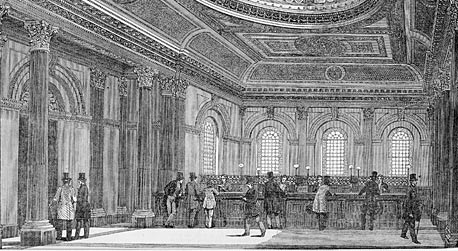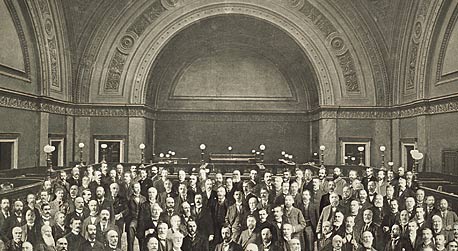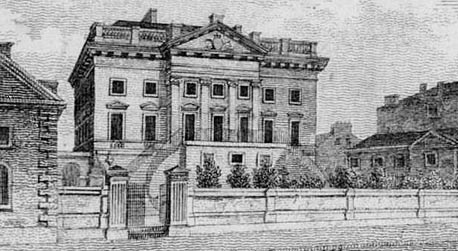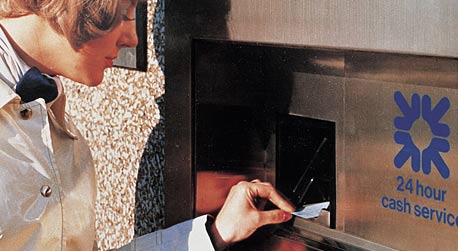1860-1890

Banking hall of National Bank of Scotland's Glasgow branch, 1870s
Banking hall of National Bank of Scotland's Glasgow branch, 1870s
In 1864 the Royal Bank of Scotland made its first acquisition, buying Dundee Banking Co. A decade later it made its first move into London, increasingly a key centre of international business and finance. Its first office there opened in 1874.
The bank also began expanding its branch network more enthusiastically, catching up with other Scottish banks that had always aspired to large, widespread branch networks. By 1890, the Royal Bank had 134 branches across Scotland.
Our English banks’ branch networks were growing too. In 1890 the two biggest had around 165 branches each. Our family tree also includes around another 80 smaller banks that were still independent in 1890, but eventually became part of NatWest or the Royal Bank of Scotland.
In many towns and cities, this is the period in which banks built smart, imposing premises. These were often among the most striking buildings on the high street; bricks-and-mortar statements of permanence and prosperity. Today, many of these buildings remain precious parts of our shared built heritage.
This is also the period in which Scottish bankers developed a worldwide reputation for hard work, diligence and excellent knowledge, and many were recruited to work in banks in America, Canada, Australasia and across the English-speaking world. Most Scottish banks developed a habit of training many more apprentices than they needed for their own business, knowing that these young men would be in demand elsewhere. As a result, banking across the globe developed a distinctly Scottish accent; in Canada, for example, two thirds of all bank employees in 1912 were Scottish-born.









